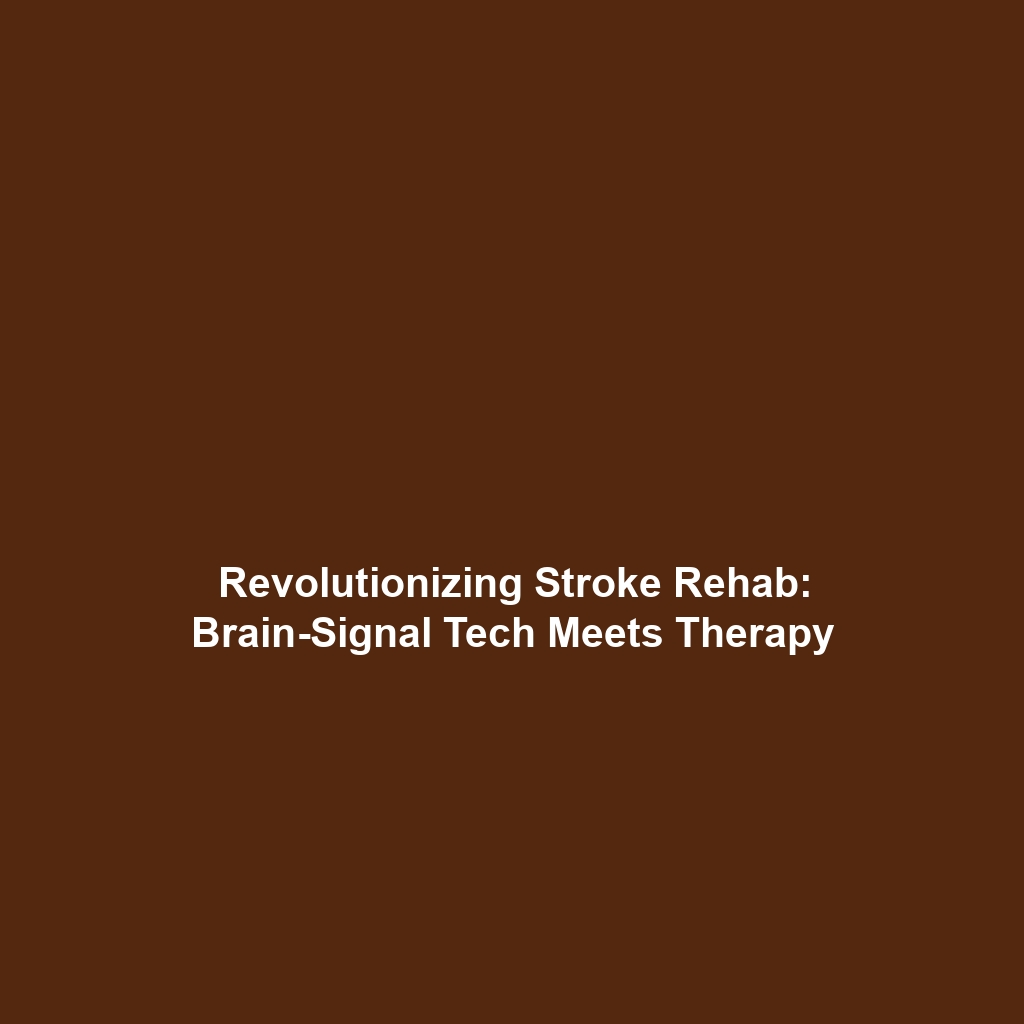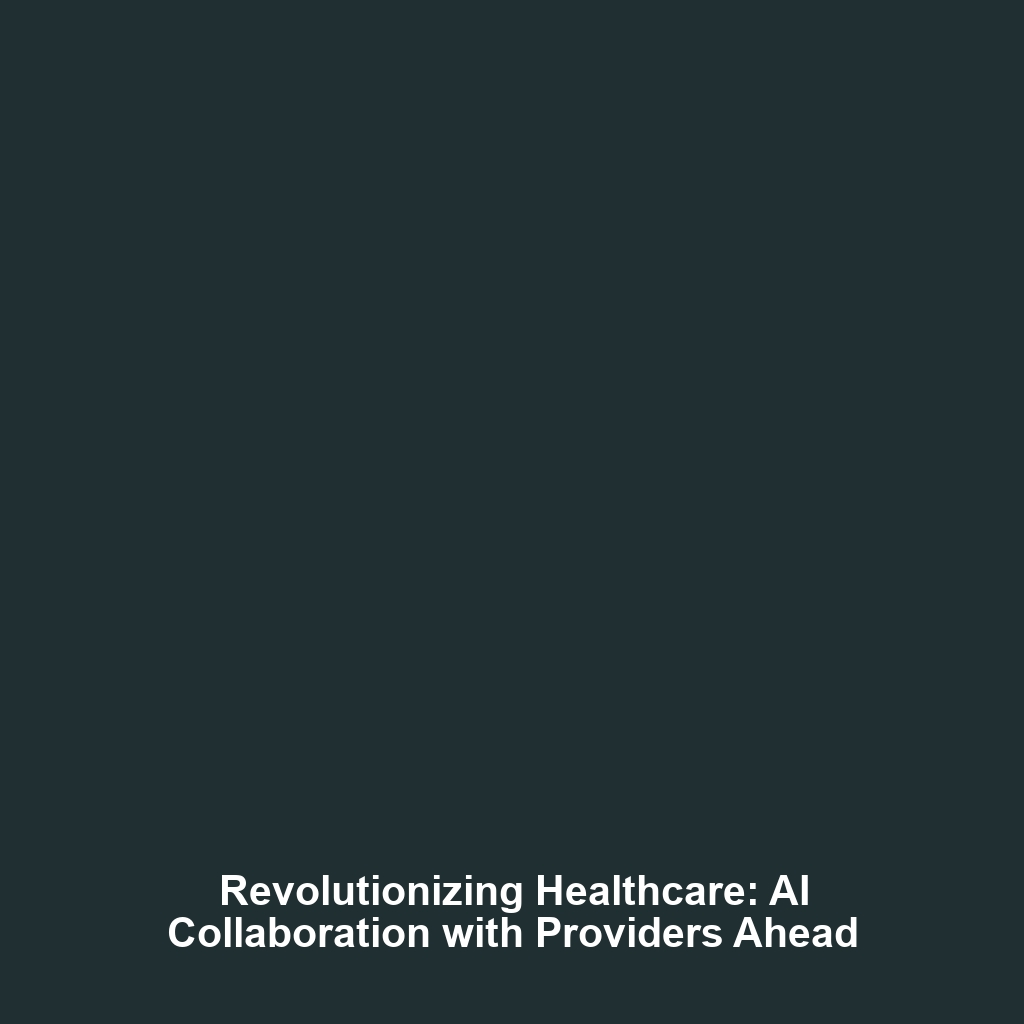Rehabilitation Systems for Stroke Patients Using Brain-Computer Interfaces
Stroke rehabilitation is a critical area of neuroscience and medical technology that focuses on restoring motor functions in patients affected by strokes. With the advent of Brain-Computer Interfaces (BCIs), the integration of brain signals with physical therapy devices offers innovative solutions that can significantly enhance recovery outcomes. This article aims to explore various use cases of rehabilitation systems designed for stroke patients, shedding light on their importance in the continuum of neurorehabilitation.
Key Concepts
The primary concept behind rehabilitation systems for stroke patients lies in the synergy between neuroplasticity and assistive technologies. BCIs facilitate direct communication between the brain and external devices, allowing for:
- Brain Signal Interpretation: The use of EEG, ECoG, or fNIRS to decode neural signals associated with intended movements.
- Feedback Mechanisms: Real-time feedback from physical therapy devices that adjust automatically based on brain activity.
- Motor Relearning: Systems designed to promote the retraining of motor skills through repetitive and cognitive engagement.
Applications and Real-World Uses
Several successful implementations of rehabilitation systems integrating brain signals with physical therapy devices exist today. Notable examples include:
- Exoskeletons: Wearable robotic suits that assist patients in walking while providing feedback on brain activity.
- Virtual Reality (VR): VR environments that adapt exercises based on the user’s brain signals, enhancing engagement and motivation.
- Functional Electrical Stimulation (FES): Devices that stimulate muscles to induce movement through brain signals.
These applications highlight how rehabilitation systems for stroke patients are redefining the landscape of Brain-Computer Interfaces.
Current Challenges
Despite the promising advancements, there are significant challenges in the application of BCI systems for stroke rehabilitation:
- Signal Variability: Variations in brain signals from different individuals can complicate the reliability of systems.
- Integration Issues: Difficulties in the seamless integration of hardware and software components can hinder usability.
- Cost and Accessibility: High costs and limited access to technology present barriers for many patients.
- Personalization: The need for tailored therapies based on individual conditions and responsiveness.
Future Research and Innovations
Looking forward, the future of rehabilitation systems that integrate brain signals is ripe with potential for innovation:
- Advanced Neurofeedback Techniques: Developing smarter algorithms that adapt to the user’s neural activity over time.
- Cloud-based Data Analysis: Utilizing big data to analyze outcomes and improve rehabilitation strategies globally.
- Enhanced User Interfaces: Improved usability of devices that make training more intuitive and user-friendly.
- Integration with AI: Implementing artificial intelligence to predict patient needs and personalize recovery plans.
Conclusion
In summary, the integration of brain signals with physical therapy devices is revolutionizing rehabilitation systems for stroke patients. As research continues to evolve and tackle current challenges, the future of Brain-Computer Interfaces holds immense potential for improving patient outcomes and accessibility. For those interested in diving deeper into this subject, we invite you to explore further readings on neurorehabilitation technologies and artificial intelligence in healthcare.



